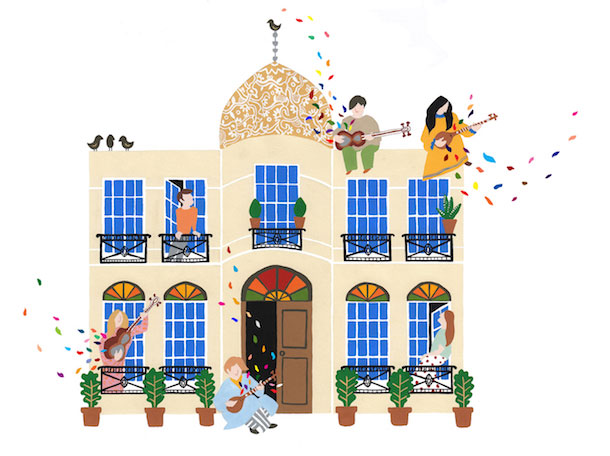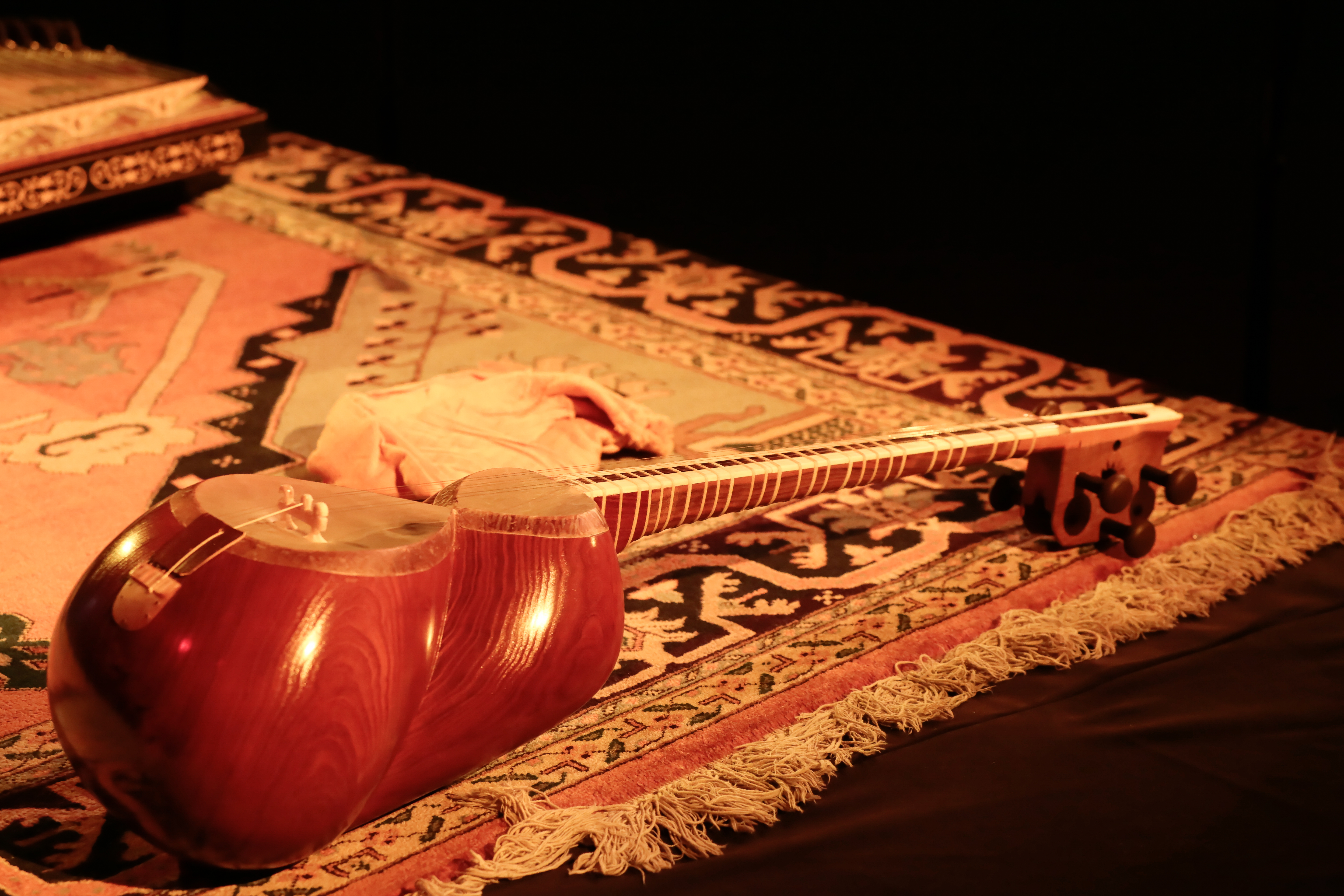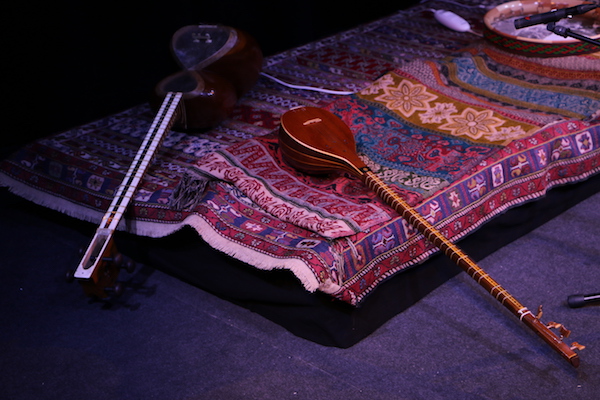Classes
Sogol MIRZAEI offers Târ and Sétar lessons for all levels in Paris, Lyon and Geneva
Paris : for more information send e-mail to Sogolse@gmail.com

Târ
Tar comes from rabab (an old form of long-necked lute). Its appearance dates back to the end of the 18th century in Iran. It consists of a resonance box shaped in a double bowl like the number 8, usually carved from the mulberry tree and covered with lamb-skin. The tar consists of 3 double courses of strings and is played with a brass plectrum.

Sétâr

Setar is a long-necked lute that owes its name to its three metallic strings, although the modern day setar has four strings. We can find the first representations of setar in Persian miniature from the end of the 16thcentury, even though the marks of its existence date back to literature and poetry from as early as the 12th century. It is played with the index finger of the right hand, which differentiates it from other lutes.